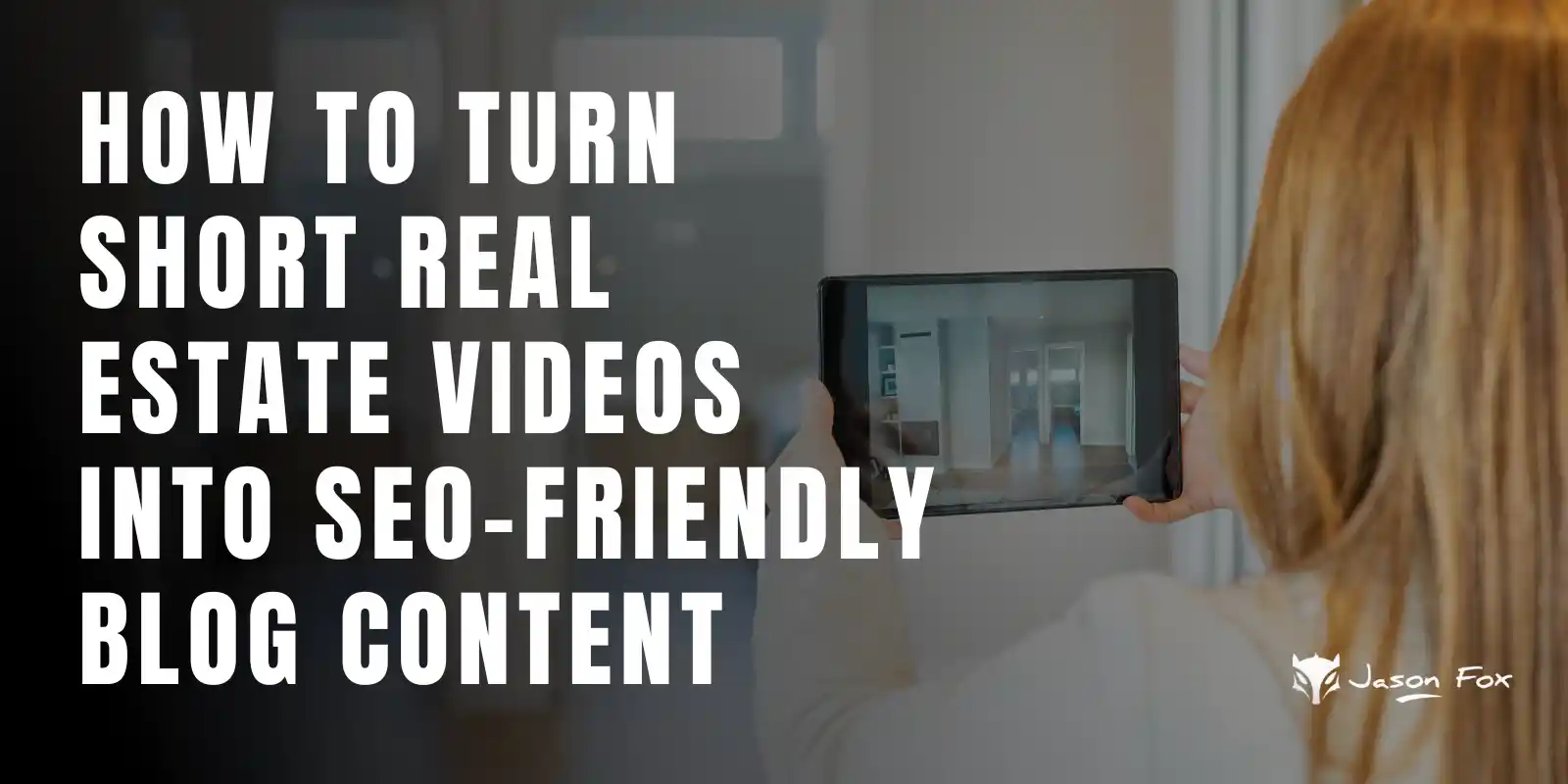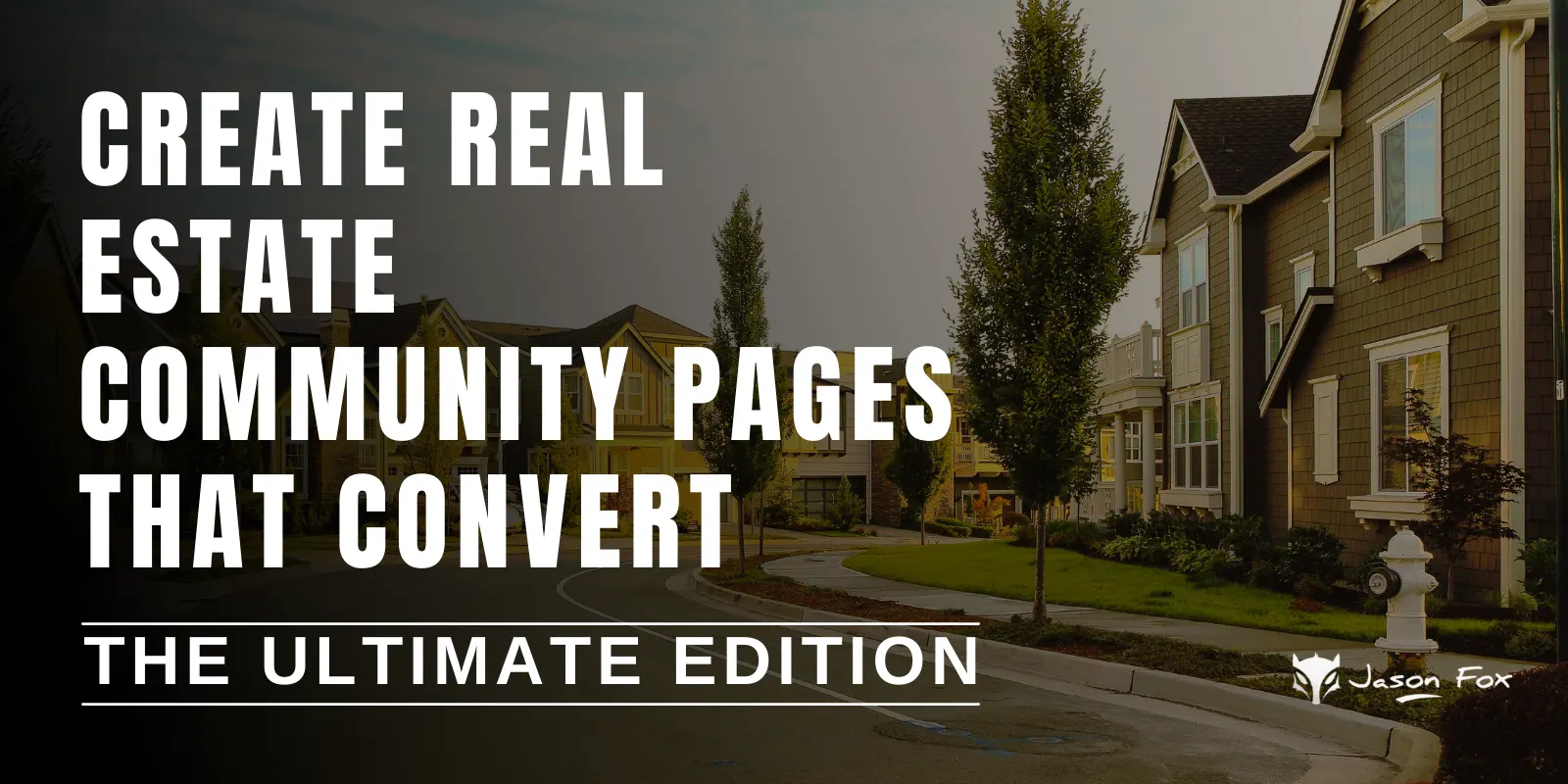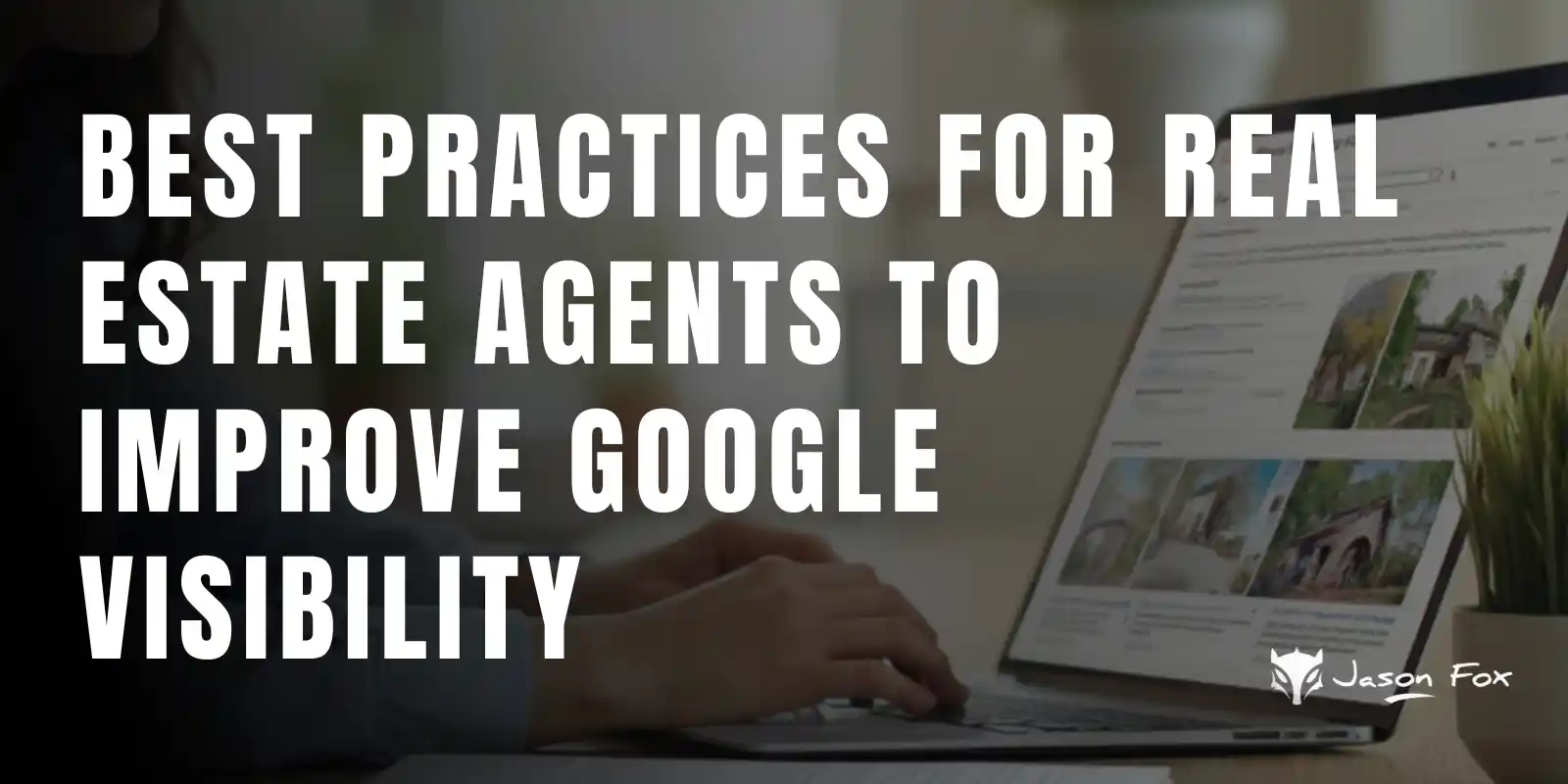Target Your Audience with the Right Listing Words
“Bottom-tier homes described as luxurious tend to beat their expected sale price by a whopping 8.2 percent,” (Spencer Rascoff and Stan Humphries)
Knowing the wants and needs of buyers and sellers in your market is a key component to successful real estate sales. However, it’s trickier to define the home improvements that generate the greatest local impact, and the best way to phrase them in listing descriptions.
In an attempt to tackle some of the struggle around popular features and their relative resale value boost, Zillow reviewed recently sold homes to find out what words helps sell a home – nationally and locally.
Using Universal Terms to Entice Buyers
Zillow found homes with certain features that tend to sell for premiums, regardless of location.
For example, out of 60 keywords analyzed, “barn doors” saw the highest sale premium at 13 percent above expected values.
In addition, homes with barn doors sell 57 days faster than anticipated. Barn doors are most commonly used in Phoenix listing descriptions.
Highlighting a “farmhouse sink” also lends to better sales, with homes selling at 7.9 percent above expected value.
Homes with farmhouse sinks are most common in Los Angeles, and sell 58 days quicker.
[Tweet “Highlighting a “farmhouse sink” has homes selling at 7.9 percent above expected value.”]
Shaker cabinets, a favorite among home design enthusiasts, help homes sell at a 9.6 percent premium above expected value and decrease market time by 45 days. Shaker cabinets are most commonly described in Los Angeles listings.
[Tweet “Shaker cabinets help homes sell at a 9.6 percent premium above expected value. “]Which Words Perform Best in the West?
Additionally, Zillow released a new tool to help sellers and their agents determine the most common desires of buyers in each market to capitalize on them via listing descriptions. By state, you can find a list of the most popular amenities and the common phrasing used to detail them in listing descriptions.
Keeping up with listing description trends in your locale might just give you the edge to sell faster.
Starting on the far left coast, Washington’s most stand-out search term is “craftsman home,” playing on the popular architectural style in the Evergreen State. This feature is 13 times more common in Washington than anywhere else in the country.
If a property has craftsman styling, you should definitely boast about it.
In California, “access freeway” is 11 times more common than in any other states. If you want to stand out, play on Californian sentiments on the commuting gridlock grind.
In Oregon, “view of Mt. Hood” is 265 times more common, for obvious reasons. Clearly, locals value that view.
East Coast Amenities That Wow
Listings with the words, “NYC view” in New Jersey are 468 times more common than any other state.
You might not be able to change the panorama from your listing, but highlighting this frequently used term presents an opportunity to attract buyers.
Perhaps more unique is Maryland’s widely-used term, “brick front.”
Architecture styles vary vastly by state, and playing up local classics helps cast the widest buyer net.
Pennsylvania listings are 13 times more likely to list “wall-to-wall carpeting,” while North Carolina homes are 141 times more likely to mention a “finished heated garage.”
Midwest, South Trends to Consider
Texas homes for sale favor the phrase, “game room upstairs,” at a rate that’s 76 times more common than average.
In Florida, the top unique descriptor is “hurricane shelter,” proving that Sunshine State sellers often prioritize safety over outdoor amenities. However, “screened-in pools” are still 370 times more likely than elsewhere nationwide.
In Illinois, “full-amenity” building descriptions are 106 times more frequent than anywhere else in the nation, likely centralized in Chicago where multi-family properties are common.
Whether you’re including new home features to speed up resale or simply adding language to highlight existing, popular features in your region, it’s ideal to appeal to the widest audience possible.
Guest Post By:
Jennifer Riner
post contents
“Bottom-tier homes described as luxurious tend to beat their expected sale price by a whopping 8.2 percent,” (Spencer Rascoff and Stan Humphries)
Knowing the wants and needs of buyers and sellers in your market is a key component to successful real estate sales. However, it’s trickier to define the home improvements that generate the greatest local impact, and the best way to phrase them in listing descriptions.
In an attempt to tackle some of the struggle around popular features and their relative resale value boost, Zillow reviewed recently sold homes to find out what words helps sell a home – nationally and locally.
Using Universal Terms to Entice Buyers
Zillow found homes with certain features that tend to sell for premiums, regardless of location.
For example, out of 60 keywords analyzed, “barn doors” saw the highest sale premium at 13 percent above expected values.
In addition, homes with barn doors sell 57 days faster than anticipated. Barn doors are most commonly used in Phoenix listing descriptions.
Highlighting a “farmhouse sink” also lends to better sales, with homes selling at 7.9 percent above expected value.
Homes with farmhouse sinks are most common in Los Angeles, and sell 58 days quicker.
[Tweet “Highlighting a “farmhouse sink” has homes selling at 7.9 percent above expected value.”]
Shaker cabinets, a favorite among home design enthusiasts, help homes sell at a 9.6 percent premium above expected value and decrease market time by 45 days. Shaker cabinets are most commonly described in Los Angeles listings.
[Tweet “Shaker cabinets help homes sell at a 9.6 percent premium above expected value. “]Which Words Perform Best in the West?
Additionally, Zillow released a new tool to help sellers and their agents determine the most common desires of buyers in each market to capitalize on them via listing descriptions. By state, you can find a list of the most popular amenities and the common phrasing used to detail them in listing descriptions.
Keeping up with listing description trends in your locale might just give you the edge to sell faster.
Starting on the far left coast, Washington’s most stand-out search term is “craftsman home,” playing on the popular architectural style in the Evergreen State. This feature is 13 times more common in Washington than anywhere else in the country.
If a property has craftsman styling, you should definitely boast about it.
In California, “access freeway” is 11 times more common than in any other states. If you want to stand out, play on Californian sentiments on the commuting gridlock grind.
In Oregon, “view of Mt. Hood” is 265 times more common, for obvious reasons. Clearly, locals value that view.
East Coast Amenities That Wow
Listings with the words, “NYC view” in New Jersey are 468 times more common than any other state.
You might not be able to change the panorama from your listing, but highlighting this frequently used term presents an opportunity to attract buyers.
Perhaps more unique is Maryland’s widely-used term, “brick front.”
Architecture styles vary vastly by state, and playing up local classics helps cast the widest buyer net.
Pennsylvania listings are 13 times more likely to list “wall-to-wall carpeting,” while North Carolina homes are 141 times more likely to mention a “finished heated garage.”
Midwest, South Trends to Consider
Texas homes for sale favor the phrase, “game room upstairs,” at a rate that’s 76 times more common than average.
In Florida, the top unique descriptor is “hurricane shelter,” proving that Sunshine State sellers often prioritize safety over outdoor amenities. However, “screened-in pools” are still 370 times more likely than elsewhere nationwide.
In Illinois, “full-amenity” building descriptions are 106 times more frequent than anywhere else in the nation, likely centralized in Chicago where multi-family properties are common.
Whether you’re including new home features to speed up resale or simply adding language to highlight existing, popular features in your region, it’s ideal to appeal to the widest audience possible.
Guest Post By:
Jennifer Riner
Latest articles
Short real estate videos can be transformed into powerful blog content with the right strategy. Learn how to expand on video topics, incorporate SEO best practices, and create engaging posts that drive traffic and boost your search rankings.
Learn how to create real estate community pages that attract buyers, boost your local SEO, and establish you as a market expert. This ultimate guide covers content creation tips, the use of AI tools, and IDX integration to help your pages stand out in 2024.
To stay competitive in real estate, agents must prioritize SEO to improve their Google visibility. By implementing proven strategies like asking for reviews, creating relevant content, and focusing on local SEO, you can attract more clients and increase your online presence.
BECOME A MEMBER
Become A Free DIY Real Estate Marketing Member & Get Access To:
LARGEST COLLECTION OF
Real Estate Marketing e-Books, Guides, Templates, & whitepapers
ON THE INTERNET
+ OVER 70 How To Website Training Videos including; WordPress, Agent Evolution Themes, & IDX Broker
+ DIY Real Estate Marketing Tips and Strategies Delivered to Your Inbox
Share this article
Written by : jasonfox
Jason Fox - Real Estate Marketing
Business: We build WordPress Real Estate Websites with IDX
Me: #GoHawks, #BringBackTheSonics, #MaybeNextYearMariners, #ILoveMyKids #SeattleSunLover #SeattleWaterLover #BFF
Blog: Focuses on Wordpress Websites, Content Management, SEO Services, SEM Campaigns, Social Media Marketing, Email Marketing, Beautiful Design, IDX, and more.





